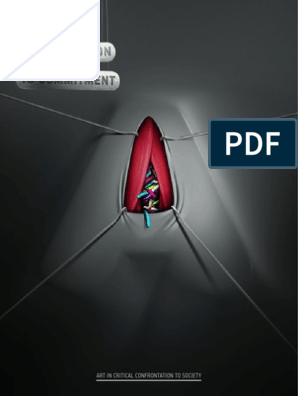0% found this document useful (0 votes)
264 views16 pagesHas Modernism Failed - Gablick
The document discusses whether modernism has failed and analyzes some of the core issues and ideals of modernism. It traces how modernism began with a revolutionary spirit that rejected tradition but over time became disillusioned. As modernism progressed, the constant rejection of the past and emphasis on the new left art without stability or guidance. This has led to a situation where artists no longer have rules or traditions to follow and lack motivation and confidence in their work. The document examines how modernism's rejection of the past may have been necessary to spur innovation but ultimately undermined the ability to sustain art over the long run.
Uploaded by
rabbyaCopyright
© © All Rights Reserved
We take content rights seriously. If you suspect this is your content, claim it here.
Available Formats
Download as DOC, PDF, TXT or read online on Scribd
0% found this document useful (0 votes)
264 views16 pagesHas Modernism Failed - Gablick
The document discusses whether modernism has failed and analyzes some of the core issues and ideals of modernism. It traces how modernism began with a revolutionary spirit that rejected tradition but over time became disillusioned. As modernism progressed, the constant rejection of the past and emphasis on the new left art without stability or guidance. This has led to a situation where artists no longer have rules or traditions to follow and lack motivation and confidence in their work. The document examines how modernism's rejection of the past may have been necessary to spur innovation but ultimately undermined the ability to sustain art over the long run.
Uploaded by
rabbyaCopyright
© © All Rights Reserved
We take content rights seriously. If you suspect this is your content, claim it here.
Available Formats
Download as DOC, PDF, TXT or read online on Scribd
/ 16
























































































